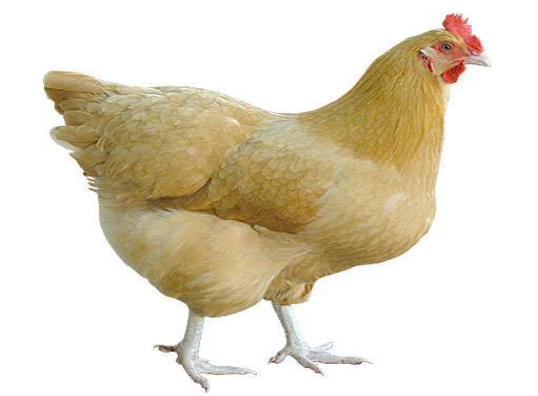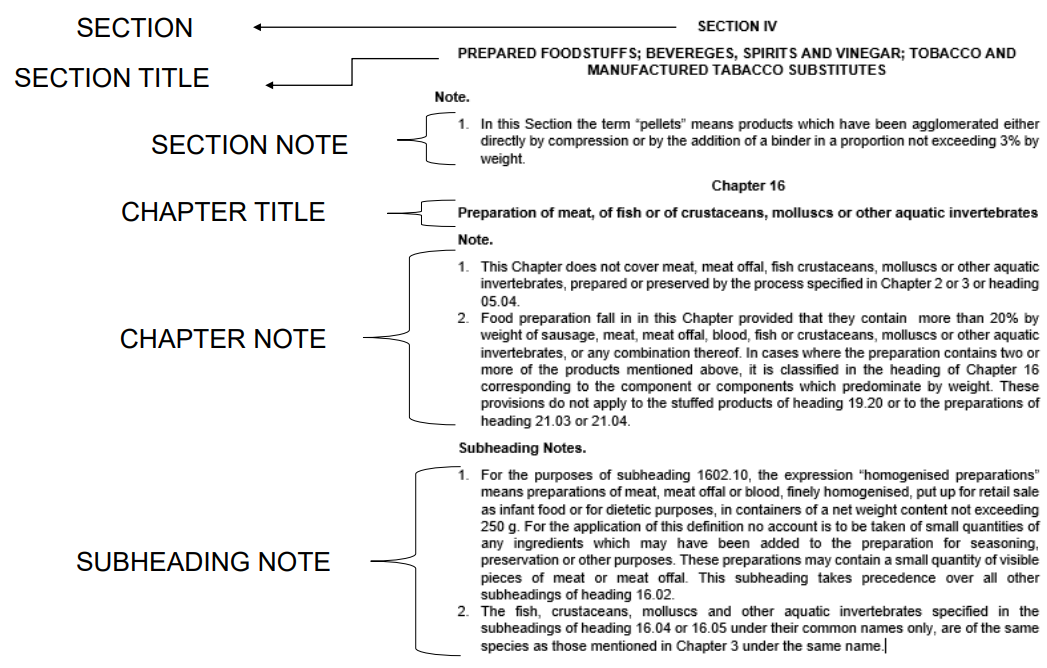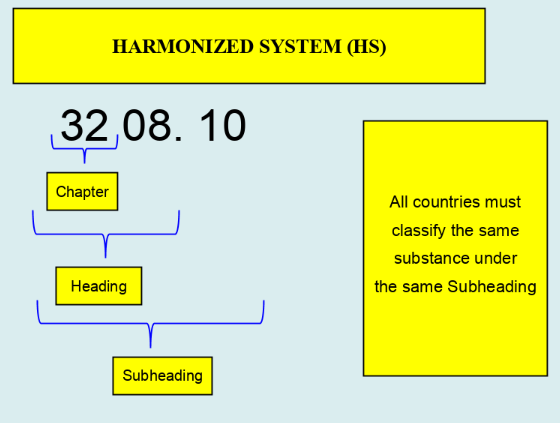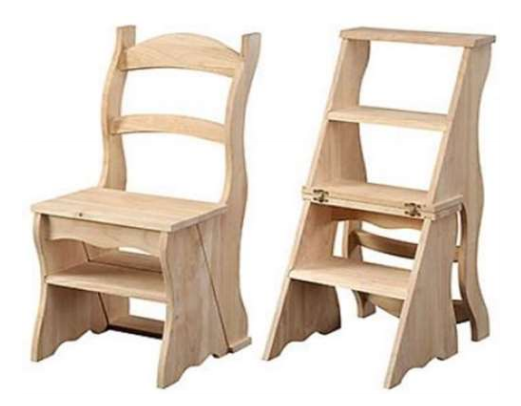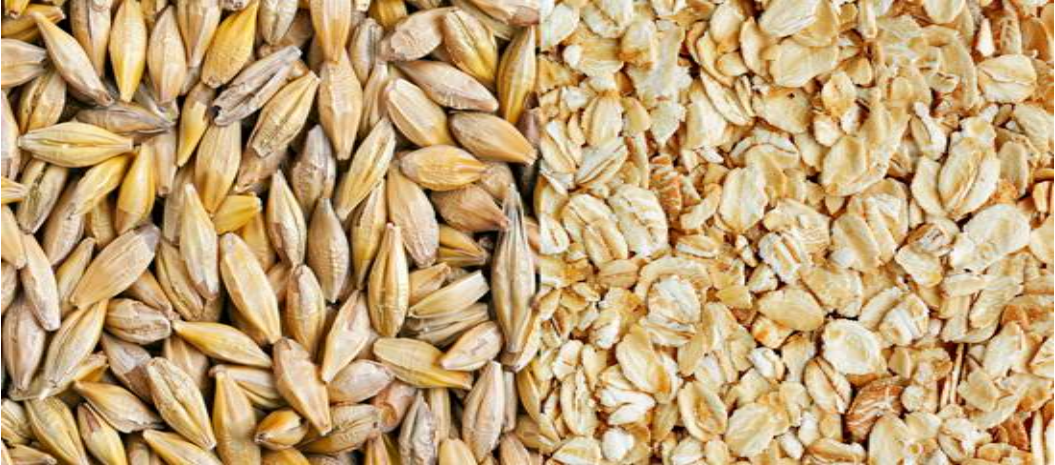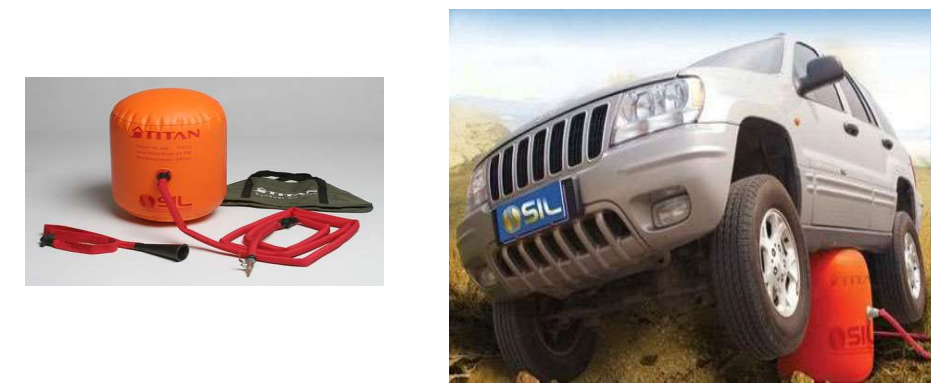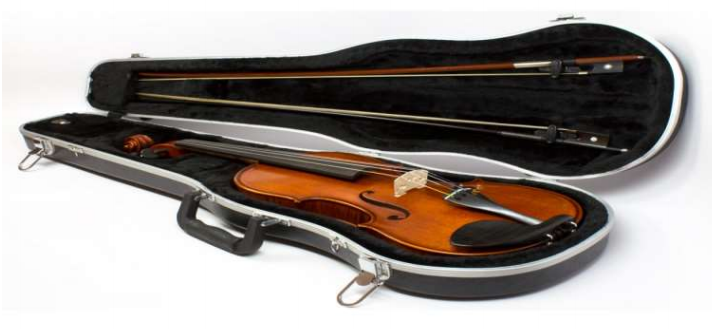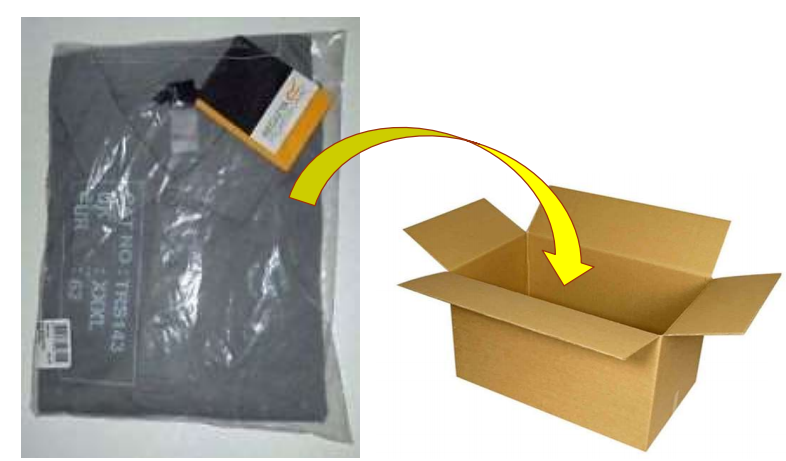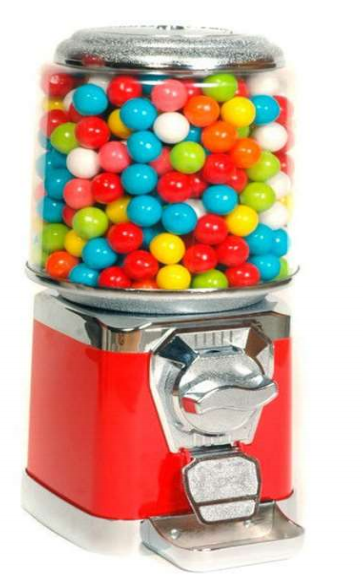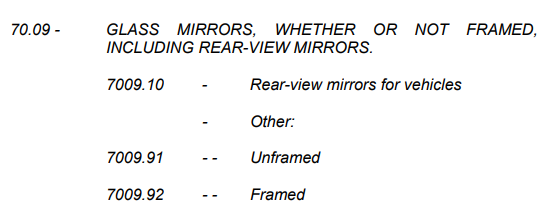Rule 2 (a) Incomplete or unfinished; Unassembled or disassembled
RULE 2. (a) ANY REFERENCE IN A HEADING TO AN ARTICLE
SHALL BE TAKEN TO INCLUDE A REFERENCE TO THAT ARTICLE
INCOMPLETE OR UNFINISHED, PROVIDED THAT, AS ENTERED,
THE INCOMPLETE OR UNFINISHED ARTICLE HAS THE ESSENTIAL
CHARACTER OF THE COMPLETE OR FINISHED ARTICLE. IT SHALL
ALSO INCLUDE A REFERENCE TO THAT ARTICLE COMPLETE OR
FINISHED (OR FALLING TO BE CLASSIFIED AS COMPLETE OR
FINISHED BY VIRTUE OF THIS RULE), ENTERED UNASSEMBLED OR
DISASSEMBLED.
GRI 2 (a) has two parts. Part one deals with incomplete or unfinished goods and part
two deals with unassembled or disassembled goods.
Part One incomplete or unfinished goods
The first part of GRI 2 (a) extends the scope of any heading that refers to a
particular article to cover not only the complete article but also that article incomplete or
unfinished, provided that, as presented, it has the “essential character” (which is
discussed below) of the complete or finished article.
EXAMPLE1: A ceramic statuette of the Hokie Bird that will be painted after
importation would still generally have the essential character of a ceramic
statuette of heading 6913 (i.e., one would still recognize and identify the
product as a ceramic statuette) and would, therefore, be classified pursuant
to GRI 2 (a) as the finished product in heading 6913.
Example2: Preform bottle – Unfinished (heading 39.23 covers plastic bottles)

Retrieved from: HARMONIZED COMMODITY DESCRIPTION and CODING SYSTEM or HARMONIZED SYSTEM(HS)
Example3: Wrist watch without strap – Incomplete (heading 91.02 covers wristwatches)

Retrieved from: HARMONIZED COMMODITY DESCRIPTION and CODING SYSTEM or HARMONIZED SYSTEM(HS)
Part Two unassembled or disassembled goods
The second part of GRI 2 (a) provides that complete or finished articles presented
unassembled or disassembled (which may occur for reasons related to the packing,
handling or transportation of the articles) are to be classified in the same heading as the
assembled article. It also provides incomplete or unfinished articles presented
unassembled or disassembled are to be classified in the same heading as the complete
or finished article provided that as presented they have the essential character of the
complete or finished article (as provided for in the first part of GRI 2 (a)).
EXAMPLE1: A shipment of an unassembled bicycle (containing all parts
and components necessary to build a bicycle) would be classified in
heading 8712 as an assembled, finished bicycle as if it were entered (or
imported) as the assembled, finished bicycle.
Example2: A complete set of wooden panels meant for assembly into a cupboard,
is considered as a finished cupboard.
EXAMPLE3: Unassembled office chair (heading 94.01 covers seats)
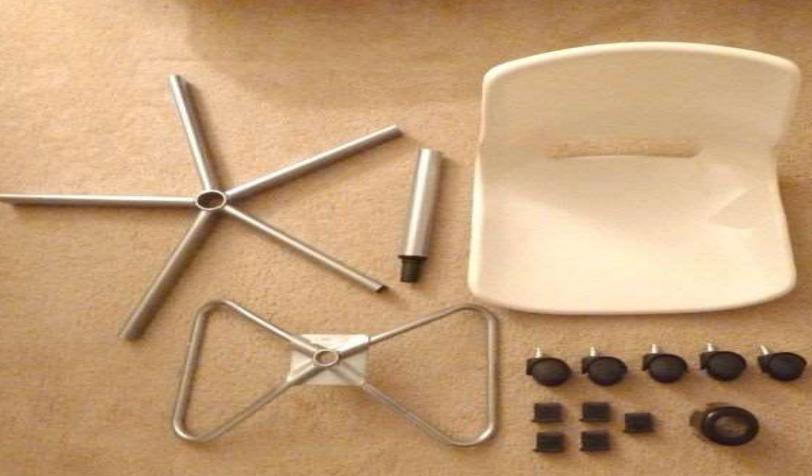
EXPLANATORY NOTE for RULE 2 (a)
(Incomplete or unfinished articles)
(I)The first part of Rule 2 (a) extends the scope of any heading which refers to a particular
article to cover not only the complete article but also that article incomplete or
unfinished, provided that, as presented, it has the essential character of the complete or
finished article.
(II) The provisions of this Rule also apply to blanks unless these are specified in a particular
heading. The term “blank” means an article, not ready for direct use, having the
approximate shape or outline of the finished article or part, and which can only be used,
other than in exceptional cases, for completion into the finished article or part (e.g., bottle preforms of plastics being intermediate products having tubular shape, with one closed end and one open end threaded to secure a screw type closure, the portion below
the threaded end being intended to be expanded to a desired size and shape).
Semi-manufactures not yet having the essential shape of the finished articles (such as is
generally the case with bars, discs, tubes, etc.) are not regarded as “blanks”.
(III) In view of the scope of the headings of Sections I to VI, this part of the Rules does not
normally apply to goods of these Sections.
(IV) Several cases covered by the Rule are cited in the General Explanatory Notes to Sections
or Chapters (e.g., Section XVI, and Chapters 61,62, 86, 87 and 90).
(Articles presented unassembled or disassembled)
(V) The second part of Rule 2 (a) provides that complete or finished articles presented
unassembled or disassembled are to be classified in the same heading as the assembled
article. When goods are so presented, it is usually for reasons such as requirements or
convenience of packing, handling or transport.
(VI) This Rule also applies to incomplete or unfinished articles presented unassembled or
disassembled provided that they are to be treated as complete or finished articles by virtue of the first part of this Rule.
(VII) For the purposes of this Rule, “articles resented unassembled or disassembled” means
articles the components of which are to be assembled either by means of fixing devices (screws, nuts, bolts, etc.) or by riveting or welding, for example, provided only assembly operations are involved.
No account is to be taken in that regard of the complexity of the assembly method.
However, the components shall not be subjected to any further working operation for completion into the finished state.
Unassembled components of an article which are in excess of the number required for
that article when complete are to be classified separately.
(VIII) Cases covered by this Rule are cited in the General Explanatory Notes to Sections or
Chapters (e.g., Section XVI, and Chapters 44, 86,87 and 89).
(IX) In view of the scope of the headings of Sections I to VI, this part of the Rule does not
normally apply to goods of these Sections.
Rule 2 (b) Mixtures or combinations
RULE 2.(b) ANY REFERENCE IN A HEADING TO A MATERIAL
OR SUBSTANCE SHALL BE TAKEN TO INCLUDE A REFERENCE TO
MIXTURES OR COMBINATIONS OF THAT MATERIAL OR
SUBSTANCE WITH OTHER MATERIALS OR SUBSTANCES. ANY
REFERENCE TO GOODS OF A GIVEN MATERIAL OR SUBSTANCE
SHALL BE TAKEN TO INCLUDE A REFERENCE TO GOODS
CONSISTING WHOLLY OR PARTLY OF SUCH MATERIAL OR
SUBSTANCE. THE CLASSIFICATION OF GOODS CONSISTING OF
MORE THAN ONE MATERIAL OR SUBSTANCE SHALL BE
ACCORDING TO THE PRINCIPLES OF RULE 3.
GRI 2 (b) governs the classification (1) of mixtures and combinations of materials or
substances and (2) of goods consisting of two or more materials or substances. The
rule extends headings referring (1) to a material or substance to include mixtures or
combinations of that material or substance with other materials or substances and (2) to
goods of a given material or substance to include goods consisting wholly or partly of
that material or substance (but only as long as another heading does not refer to the
goods in their mixed or composite state).
If the addition of another material or substance deprives the imported good of the
character of the kind mentioned in the heading under consideration, however, then
one must resort to GRI 3 for classification of the merchandise. Or, in other words,
mixtures and combinations of materials or substances, and goods consisting of
more than one material or substance, if upon initial consideration are potentially
classifiable under two or more headings, they must be classified according to the
principles of GRI 3.
EXAMPLE1: Under GRI 2 (b), a stainless steel travel mug with a plastic
handle would be classifiable in heading 7323 as a table, kitchen or other
household article of steel despite the plastic handle (as it retains the
character of a table, kitchen or another household article of steel as
mentioned in heading 7323). If a travel mug, however, contained
relatively equal amounts of stainless steel and plastic (e.g., the outside or
outer surface of the mug is made of plastic and the inside or inner surface
(lining) of the mug is made of stainless steel), then the travel mug would
be potentially classifiable under two headings: heading 3924 as tableware,
kitchenware or other household article of plastic and heading 7323 as a
table, kitchen or other household article of steel. (Or, contrasting this
product with the initial one considered in this example, a travel mug
consisting of relatively equal amounts of stainless steel and plastic does
not have the character of a table, kitchen or other household article of
steel as mentioned in heading 7323.) In this situation, pursuant to GRI 2(b),
resort would need to be made to GRI 3 for classification of the product.
EXAMPLE2: Milk to which vitamins or minerals have been added.
EXAMPLE3: A pack of cornflakes which also contains a small amount of nuts and raisins.
EXPLANATORY NOTE for RULE 2 (b)
(Mixtures and combinations of materials or substances)
(X) Rule 2 (b) concerns mixtures and combinations of materials or substances, and goods consisting of two or more materials or substances. The headings to which it refers are
headings in which there is a reference to a material or substance (e.g.,- heading 05.07 – ivory), and headings in which there is a reference to goods of a given material or
substance (e.g., heading 45.03 – articles of natural cork). It will be noted that the Rule
applies only if the headings or the Section or Chapter Notes do not otherwise require
(e.g., heading 15.03 – lard oil, not … mixed).
Mixtures being preparations described as such in a Section or Chapter Note or in a
heading text are to be classified under the provisions of Rule 1.
(XI) The effect of the Rule is to extend any heading referring to a material or substance to
include mixtures or combinations of d at material or substance with other materials or
substances. The effect of the Rule is also to extend any heading referring to goods of a
given material or substance to include goods consisting partly of that material or
substance.
(XII) It does not, however, widen the heading so as to cover goods which cannot be regarded,
as required under Rule 1, as answering the description in the heading; this occurs where
the addition of another material or substance deprives the goods of the character of goods
of the kind mentioned in the heading.
(XIII) As a consequence of this Rule, mixtures, and combinations of materials or substances,
and goods consisting of more than one material or substance, if prima facie classifiable
under two or more headings, must, therefore be classified according to the principles of
Rule 3.
